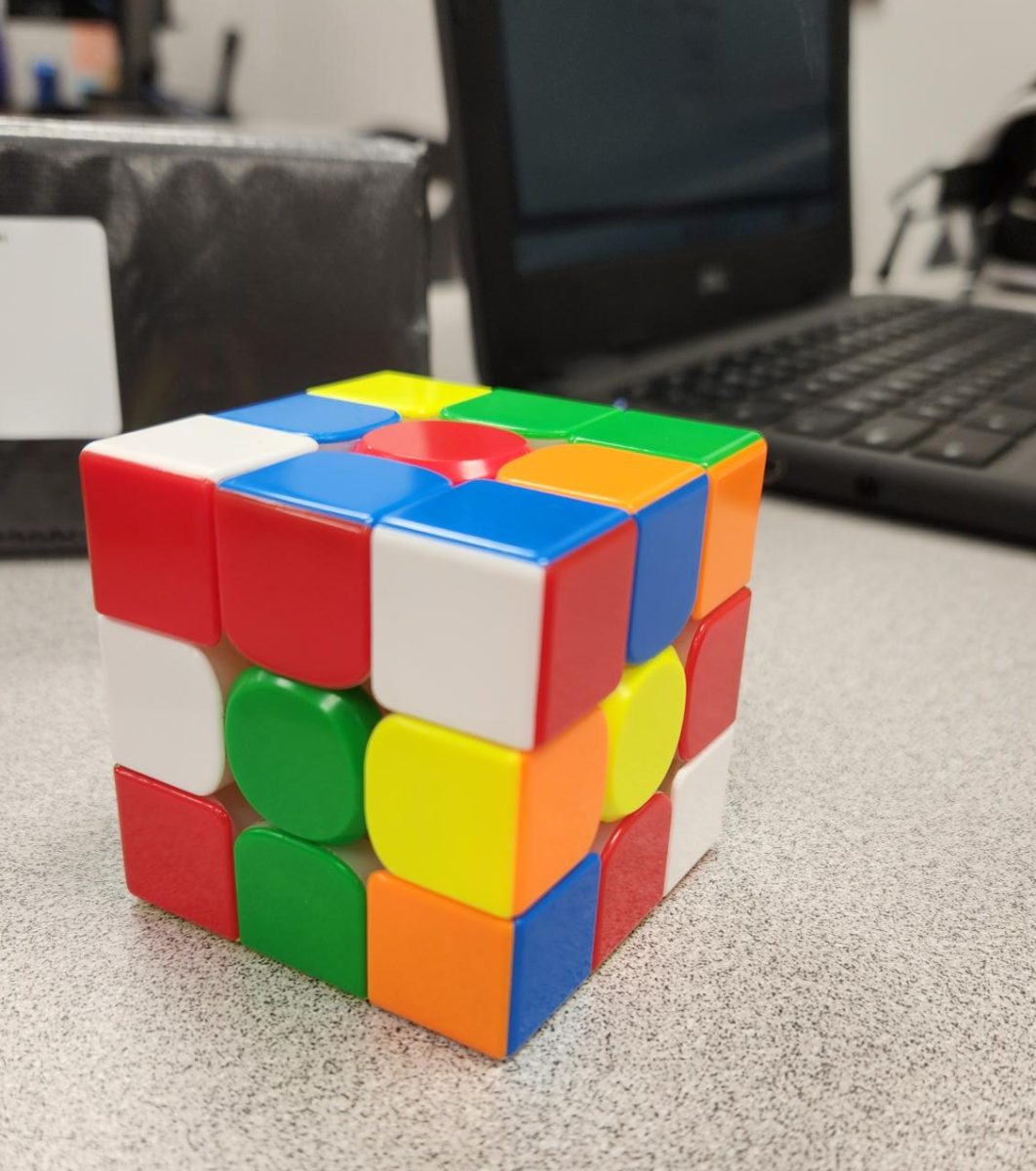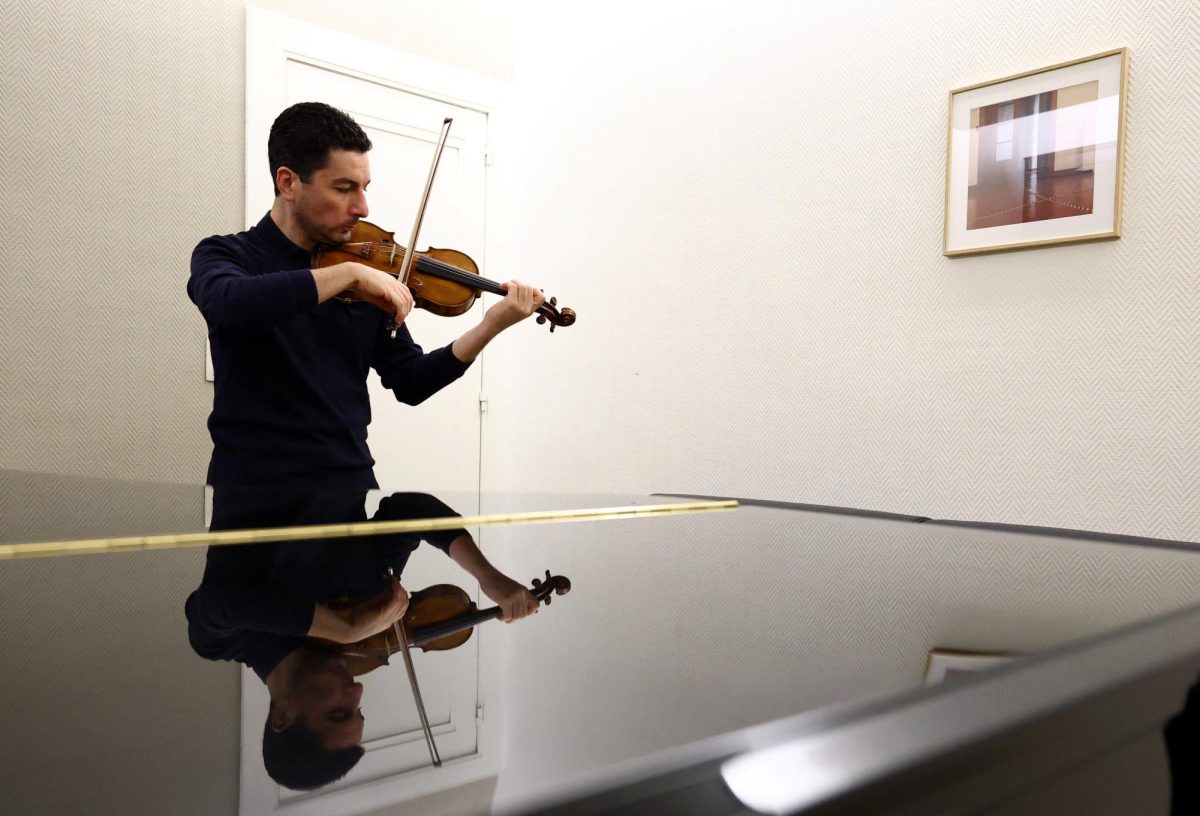Most people think the 3×3 Rubik’s(not Rubix) Cube is almost impossible to solve by normal, intuitive means. While that is true, there are more methodic, planned, pattern-based methods that are much more viable. There are two main methods used throughout the cubing community, with there being the Beginner’s Method and CFOP.
First and foremost, this is not a guide. There are much better ways to effectively learn the actual execution of the processes following. My favorite person to learn cubing from is J-Perm, who is on YouTube. Without further ado, here is the explanation.
Both cubing methods have very similar early steps, and I will discuss Beginner’s Method first. Every center piece remains in the same position relative to its counterparts, whereas the edge and corner pieces can be in different positions relative to everything else. Some parts actually require more intuition than others, as the first step requires the construction of a cross at the bottom of the cube made of the white center piece and all of the white edge pieces. This guides the rest of the solve, as you are then supposed to use a very basic algorithm to move pieces into their corresponding spots from above where they are supposed to be. Afterward, a yellow cross is then made for a similar purpose as the last one, just in a different spot on the opposite side of the cube. The cube is flipped, and the same algorithm is done to complete the solve. When I initially learned the method, I took about 3:52 minutes to actually complete it. It is very repetitive and made to be easy to learn, but due to its ineffectiveness, the next method greatly outperforms it.
Our next method is CFOP, which stands for Cross(like I said, same beginning step), F2L(first two layers), OLL(Orientation of Last Layer), and PLL(Permutation of Last Layer). As you can most likely tell, this method has steps within steps and is much, much more difficult to understand, let alone master. As they both have the same beginning process, I will simply skip it. The next step in CFOP is F2L, which is to intuitively solve the first two vertical layers, using corner-edge pairs. Once this has been completed, there is only the top layer left to solve. First, you do OLL, which is often a regular algorithm. PLL is the same story; both of these last steps are actually quite easy, while F2L is certainly the most difficult. My average solve takes about 40 seconds with this method.
The Rubik’s Cube is certainly difficult to solve initially, but practice is insanely helpful, as you’d expect.








